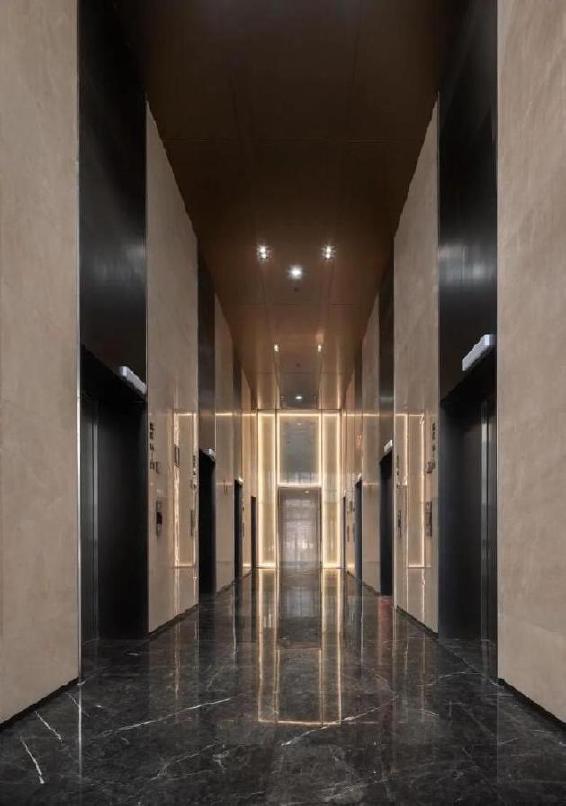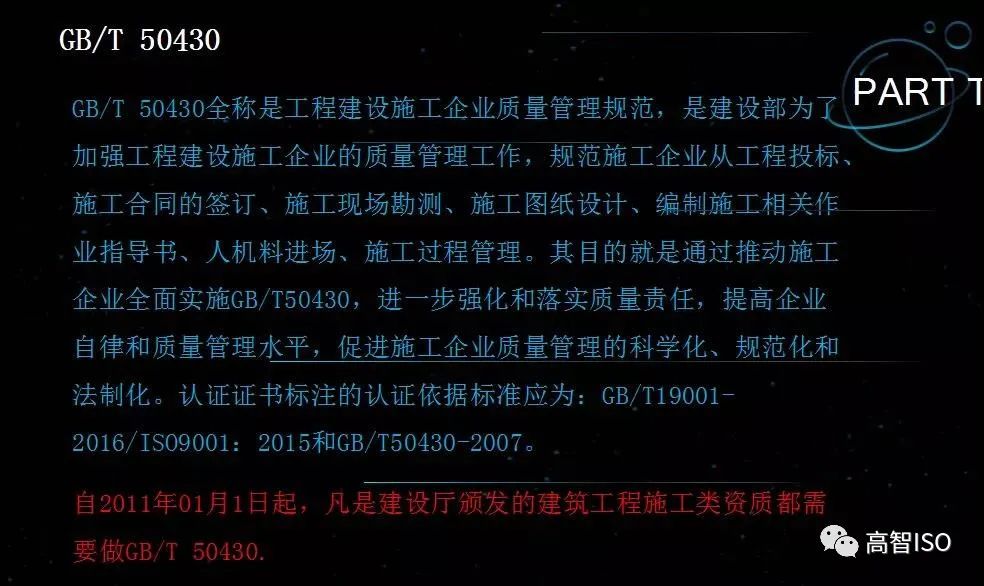Henan Zhoukou Big Data Industrial Park Project is located in Chuanhui District, Zhoukou City, Henan Province. It is adjacent to Zhoukou Municipal Government, Gymnasium, Vocational and Technical College, Cancer Hospital, Botanical Garden and other public supporting facilities, and has convenient transportation. It is a platform for Zhoukou City to implement the national big data strategy, accelerate the construction of a digital China, vigorously develop the digital economy industry, and strive to create an innovative development platform for Internet plus, big data, cloud computing and other industrial clusters. This project integrates office, culture, ecology, finance, and commerce, reflecting local culture and showcasing the city’s image, becoming a benchmark for Grade A office buildings in Zhoukou Urban Rural Integration Demonstration Zone..

Zhoukou is the former capital of Emperor Xi and the hometown of Laozi, leaving behind brilliant Chinese culture. The Wenchang Avenue on the north side of the plot leads from the high-speed railway station to the city center, and along the Wenchang Avenue, from west to east, there are three sets of twin buildings, namely the Zhoukou Big Data Industrial Park, Changjian Lakeside, and Jiali Manhattan, forming a landmark sequence. The twin towers have heights of 130 meters, 120 meters, and 130 meters respectively. The buildings are arranged in an orderly manner, forming a rhythmic and changing urban interface, showcasing the modern urban image of Zhoukou City. As the saying goes, “Dao generates one, one generates two, two generates three, and three generates all things.”. In addition, to the south of the site are abundant natural landscape resources such as Zhoukou Botanical Garden and Shaying River. In the design, the super high-rise twin buildings will be placed to the north to form the urban interface, and the multi story standalone office buildings to the south will be enclosed to form an inner courtyard. The architectural layout is low in the south and high in the north..


The design concept of this plan comes from the database in computer terminology, which is represented as a data box in the architectural image. Two 130 meter high twin towers are symmetrically arranged to form the image of an industrial park portal. The main facade uses five units of “data boxes” to protrude, misplace, and symmetrically twist to form a dynamic force. While breaking the monotonous spatial composition, it does not lose its continuity and is rich in coordination and change, Created a highly recognizable architectural appearance image..

The organic combination of two high-rise main towers and eight garden standalone office buildings on the south side creates a central garden in the center of the site, serving as the core of the site’s spirit. The surrounding square blocks are combined in pairs to form a cluster, with natural landscapes embedded between the clusters, forming a public communication space and increasing the space for users to communicate and rest. The entire venue is open for sharing, communication, interaction, and integration..

A plot ratio of 3.0 and a building density of 30% are prerequisites for planning. How to create a garden style office environment with a high plot ratio and quickly adapt to market demands is a challenge we faced from the beginning of our design. In the stage of scheme deduction and product type research, we have conducted multiple schemes and directions of research, and finally determined a product combination consisting of high-rise office buildings, large client detached buildings, high-end detached buildings, and dual detached buildings with supporting commercial facilities, with high and low combinations and flexible layout. These product types accurately target the local market customer group, solve various enterprise demand pain points, and increase project value as much as possible for owners while meeting the premise of high plot ratio, accelerating the speed of project localization..

How to personalize and differentiate industrial park buildings under conventional cost control, meet the market’s demand for high-quality building environments, and improve their respective core competitiveness? I have chosen the material for the facade of high-rise offices and garden standalone offices.
























